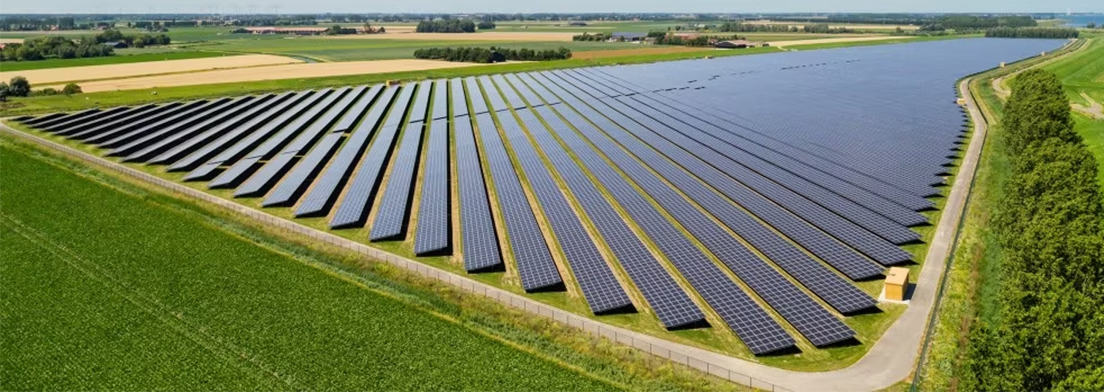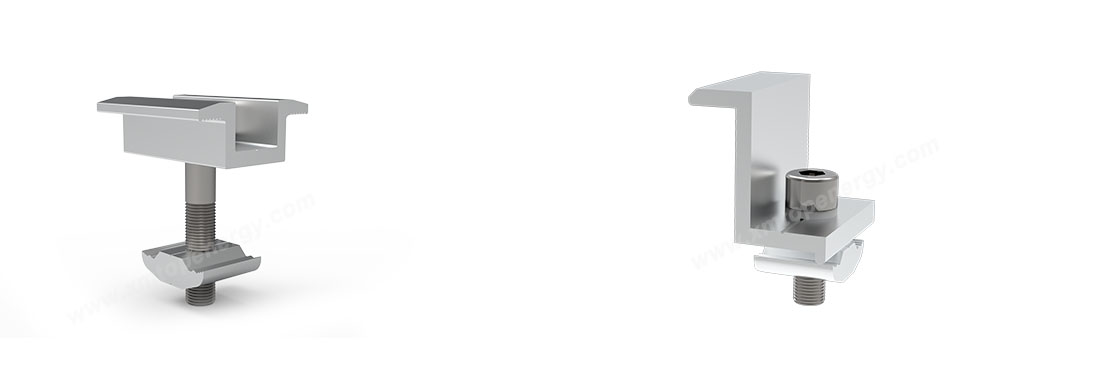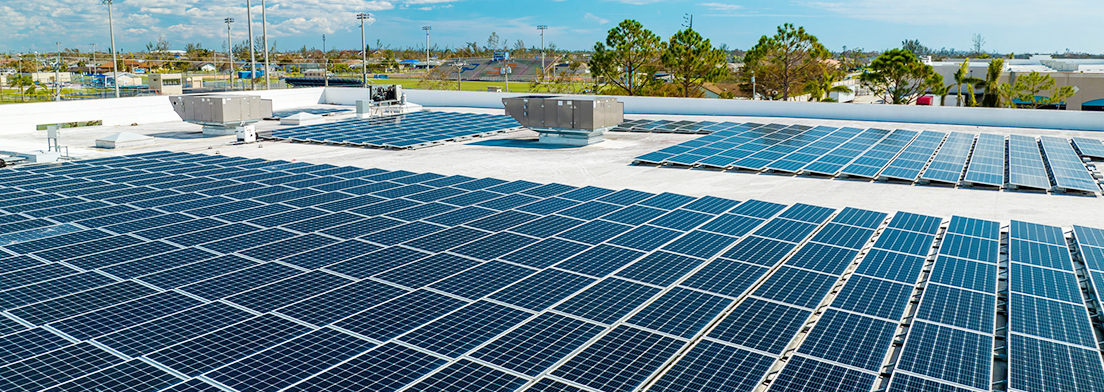As the adoption of solar energy continues to grow, understanding the key components of a solar mounting system is crucial for ensuring the efficiency, durability, and safety of your photovoltaic (PV) installation. A well-designed mounting system secures solar panels in place while maximizing energy capture and withstanding environmental conditions. In this blog, we’ll break down the essential components of a solar mounting system and their roles in a successful solar installation.

Solar mounting rails serve as the backbone of most solar panel systems. These aluminum or steel structures provide a stable base for securing the solar modules.
Key features include:
· Material: Lightweight aluminum rails for rooftop installations or durable galvanized steel rails for ground-mounted systems.
· Rail Design: Some systems use standard rails, while others use mini-rail or rail-less systems for cost reduction.
· Compatibility: Different rail profiles support various clamp types and module configurations.
Long-tail keywords: solar panel mounting rails, best aluminum solar rails, durable solar mounting systems
Clamps are responsible for securely attaching the solar panels to the rails.
There are two main types:
· Mid Clamps – Used between solar panels to secure them in place.
· End Clamps – Placed at the outer edges to hold the last panel firmly.
· Material & Design – Usually made of anodized aluminum with stainless steel bolts for corrosion resistance.
Long-tail keywords: solar panel mid clamps, best end clamps for solar mounting, aluminum solar clamps

For rooftop solar installations, roof attachments ensure the mounting system is securely fastened to the roof while protecting against leaks. Common types include:
· Tile Roof Hooks – Specially designed for clay and concrete tile roofs.
· L-Foot Brackets – Used for metal roofs to connect rails to the structure.
· Standing Seam Clamps – Designed for non-penetrative attachment to standing seam metal roofs.
· Flashing Kits – Waterproofing solutions for shingle and tile roofs.
Long-tail keywords: best solar roof hooks, waterproof solar flashing, standing seam solar clamps
For ground-mounted solar systems, special mounting structures are required.
These include:
· Ground Screws & Pile-Driven Foundations – Securely anchor the racking system in various soil conditions.
· Tilted Frames & Racking – Designed for optimal angle adjustments to maximize sun exposure.
· Ballasted Mounts – Used on surfaces where drilling is not possible, such as concrete.
Long-tail keywords: ground screw solar mounts, solar farm racking systems, best solar ground mounting solutions
Ballasted mounting systems are ideal for flat roofs where penetration is not an option. They use weighted materials, such as concrete blocks, to keep the panels in place.
· No roof penetration required
· Quick and easy installation
· Designed to withstand high wind loads
Long-tail keywords: non-penetrative solar racking, flat roof ballast mounting, best solar panel ballast system

For areas with low sunlight angles or seasonal variations, adjustable tilt brackets help optimize panel orientation for maximum energy production.
These brackets are used in:
· Ground-mounted solar systems
· Flat-roof solar installations
· Pole-mounted systems
Long-tail keywords: adjustable solar tilt mounts, seasonal solar panel brackets, best tilt racking systems
Every solar mounting system requires stainless steel fasteners, bolts, and nuts that can withstand corrosion and extreme weather conditions. High-quality hardware prevents structural failures and ensures long-term durability.
Long-tail keywords: best solar panel fasteners, corrosion-resistant solar bolts, durable solar mounting hardware
To improve system stability and aerodynamics, wind deflectors help reduce uplift forces caused by high winds. Additionally, wire management accessories, such as cable clips and conduits, ensure a neat and organized solar array.
Long-tail keywords: solar panel wind deflectors, best solar cable clips, wire management for solar installations
Choosing the right solar mounting system components is essential for a secure, efficient, and long-lasting solar energy setup. Whether it’s roof-mounted or ground-mounted, ensuring high-quality materials and proper installation techniques will maximize your solar investment.
Would you like recommendations for the best suppliers and manufacturers of these components? Let us know!

 Xiamen TopFence Co.,Ltd.
Xiamen TopFence Co.,Ltd. No. 77, LingXia South Road, Huli District, Xiamen City, Fujian, China
No. 77, LingXia South Road, Huli District, Xiamen City, Fujian, China Tel: +8613365923720
Tel: +8613365923720
 Email: info@xmtopfence.com
Email: info@xmtopfence.com
 IPv6 network supported Sitemap
| XML
| Blog
| Privacy Policy
IPv6 network supported Sitemap
| XML
| Blog
| Privacy Policy


